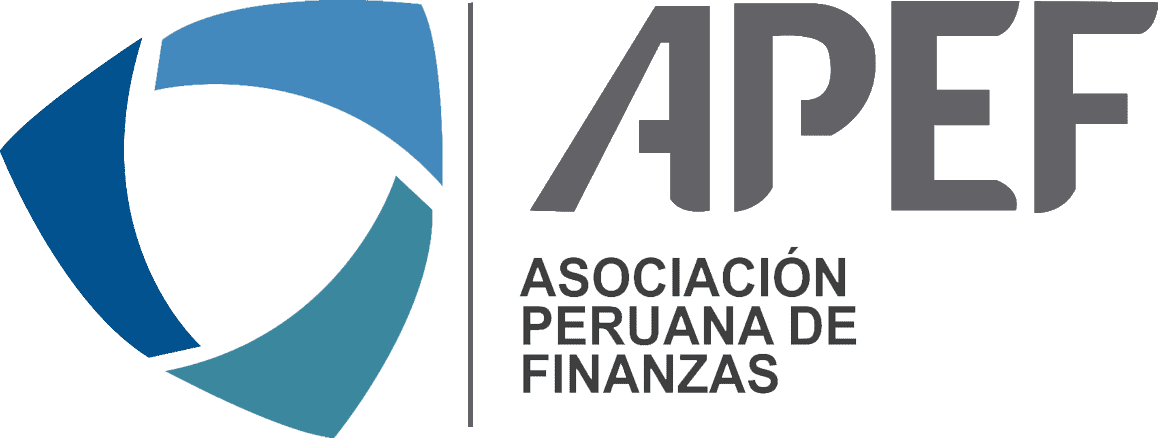
We keep our ear to the ground for the interesting stats, insights and discussion points you need to feel in the know.
1. September geopolitics – and the impact on business

It’s that time again; the EY Geostrategic Business Group’s monthly analysis of geopolitical developments – and crucially, what it means for business. So, what happened in September? In a nutshell, geopolitical dynamics continue to complicate the technology talent market. In a climate of heightened global competition, the US, EU, and China, and many other countries, are increasingly recognizing the importance of science and engineering talent to achieve national security and economic objectives. But measures to restrict certain visas are limiting the number of firms where individuals can work. For example, Dutch universities imposed restrictions on technology students receiving China-sponsored scholarships and the government announced it is planning legislation to screen students from outside the EU studying in technical fields. Western-based education institutions are likely to face increased pressure to implement security screening for applicants on the basis of nationality, as well as restraints on the number of visas granted to foreign students. This could pose revenue challenges for some organizations.
EY Geostrategic Analysis – September 2023
2. Forget office pinball machines

Only 49% of employees say they regularly go on camera for virtual meetings, according to the EY 2023 Work Reimagined Survey. The realities of hybrid working have reshaped how teams interact – and also how we see the office. Instead of being a singular, regular location for work, the office has become more like a social hub. And more than any physical feature of the office by itself, like co-working spaces or pinball machines, surveyed employees cited the ability to remain socially connected to their colleagues as the primary draw of the office. No matter how developed and modern an office may be, this new perception of the office as a social hub overrides, meaning investing in high-quality real estate is, in and of itself, not enough to attract employees. So what does the “next normal” for work really look like? More in the latest EY 2023 Work Reimagined Survey.
How can a rebalance of power help re-energize your workforce?
3. The ‘Goldilocks lane’

When and how should banks invest in PayTech? “What many institutions want is to be in the Goldilocks lane and choose the right time,” according to Patricia Partelow, Managing Director, Financial Services Consulting, Ernst & Young LLP. “The main questions we hear from financial institutions are: Do we need to do it now? Can we wait six months? Can we wait a year? When will it be too late?” But hold on. What’s PayTech again? It’s just as the name describes; any payments that involve technology. Buy now, pay later (BNPL), digital wallets, digital currencies and super banking apps, to name a few. Now that we’ve got the definition nailed, this article highlights lessons learned from the early adopters of PayTech, helping provide a blueprint for when and how banks should invest.
Four enablers for harnessing the power of PayTech
4. How Asia’s largest cosmetics brand became a data-first business

Historically, globalization and standardization have proved particularly challenging for Japanese-headquartered companies. Asia’s largest cosmetic brand Shisheido, had grown dramatically over 150 years with recent expansions in China, the US and Europe creating a challenge with its matrix operating model. Slow delivery of business-critical information, a suboptimized IT system and difficult data management processes required the cosmetics giant to transform, digitalize and standardize functions, processes and systems across the company. When taking the bold step of making Japan its transformation hub it partnered with EY teams thanks to understanding the nuances of Japanese culture, their 40,000 employees and the 120 markets the EY Parthenon team placed humans at the centre of the project. Shisheido acknowledged that the program was going to get very complex, very quickly,” says Niyi Ojemuyiwa, Director, Strategy, Business Transformation and Digital Enterprise Applications, EY-Parthenon. “Strict project governance and robust methodology were needed to address this complexity, to identify and mitigate risks, and to standardize solutions.”. Shiseido’s transformation ensured their commitment to investors to increase operation profit margins to 12% by 2025 and 15% by 2027.
How a cosmetics giant’s transformation strategy is unlocking value
5. Innovate, like your future depends on it

Innovation in manufacturing is no longer about incremental updates to gain a greater market differentiation; it’s about having a handle on the growth potential of disrupting the market. Traditionally, CEOs have considered their roles as the champions of innovation. The more disruptive the innovation, the more it needs a CEO leading the cavalry from the front. In an EY poll, 63% of C-suite executives in the manufacturing industry believe that the biggest competitive threat in the next three years will come from a company outside their current sector. Disruptors often target unserved and underserved customers, which are often the most important vehicle to harness disruption. However, with new technologies has come increased awareness. Data from customers/consumers is the fuel for new products, new business models and new markets, and this fuel will increasingly separate winners from losers. To push teams out of their comfort zone, CEO’s should begin to ask questions like: If we are succeeding compared to our expectations, were our expectations too conservative? Has our field of play changed? Or is the game now different and requires a new set of rules? Can we change the game?
